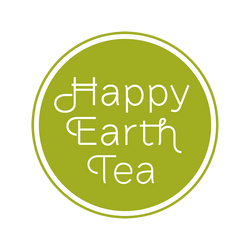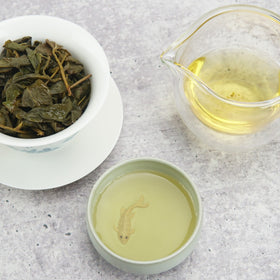What is Pu erh Tea? Part 2 - Terrace vs Trees and the Packaging of Pu erh
Pu-erh tea is technically described as post-fermented tea. It makes the sixth category of tea after black, green, white, yellow and oolong. While the rest of the categories are determined by varying degrees of oxidation of the tea leaves, in pu-erh the tea leaves are fermented.
Wild Tea Trees Vs Terrace Tea
In Yunnan, where the pu-erh exclusively comes from, there are a lot of very old tea trees. The tea plant, camellia sinensis, can grow to be tree if allowed. But it is a rare sight because in most parts of the world the tea plant is regularly pruned to keep it waist high for convenient picking of the leaves. Only in Yunnan, which also happens to be the birthplace of tea, old tea trees are a common occurrence.

Tea from these forests are considered by some connoisseurs to be the best. The trees have deep roots and they bring flavors that are more interesting. We do have a preference for wild arbor tea only because it means that the chances of pesticide and other agro-chemical applied by humans are nil. But it is difficult to come across a pu-erh tea made from such wild tea trees because there is little of it and also due to the number of counterfeits around.
Interestingly, the opposite was held true by the locals for a long time - they preferred the terrace tea over the others.
Packaging of Pu-erh Tea
Pu-erh tea comes in many shapes - disc (bingcha), brick (Zhuancha), bird's nest (toucha), mushroom (Jincha) and melon (Jingua). The most popular is the 357 gram disc, often referred to as a "tea cake." Each pu-erh cake comes wrapped in mulberry paper. This is important because mulberry paper is less dense and allows for air to pass through which is important for the continued fermentation of the tea.
A piece of paper is found embedded right into the leaves on the front of a tea cake. This paper called nei-fei is meant to authenticate the manufacturer of the cake. It is meant to deter counterfeits of popular brands in the market.
For wholesale manufacturers usually tie up seven cakes of tea in a large bamboo husks. This stack of pu-erh is called a tong. They make for a very interesting visual.





